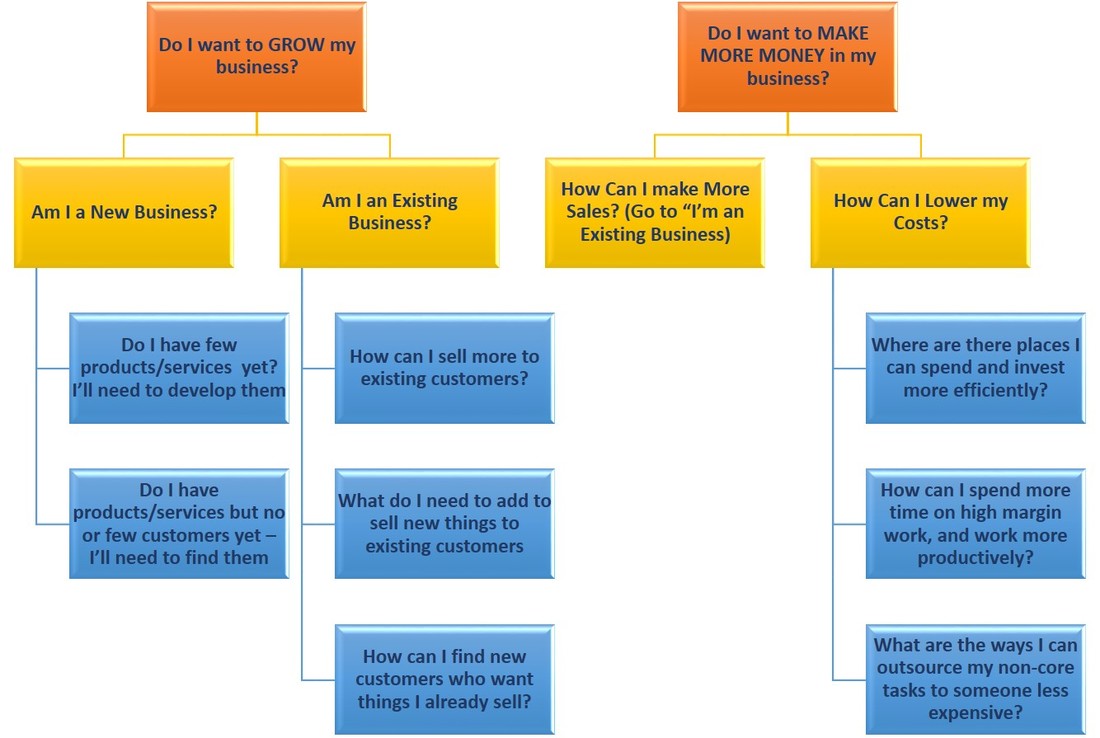This post was refreshed in February, 2020
Excellent news! You’ve found the key to your customer’s “job to be done” with your product our service. You’ve focused on only the prospects who have proven they want to invest time, money, and effort in doing the job. So, what could possibly go wrong?
Although we’d all like to believe that our service, gizmo, or gadget is the only choice our customer will ever need or want, the truth is, there are very few cases where that’s true. More often, we have to compete with something, or someone. This is the tricky bit. When it comes to describing why that service, gizmo, or gadget is better, our mindset can be a real barrier. This goes double if wat we’re selling is our own talents and capabilities. Where is the line between confidence, and over-confidence? How do you know the difference between “my way of doing this is better”, or “my product/shop/invention is better”, and “I’m better”? Reconciling the tension between innovator and impostor is often what will make or break the sale.
How can you make sure that tension doesn’t “snap” the sale? First, write down the story you’re planning to tell (whether that’s your pitch to a new boss, or to a new client). What are the advantages you’re describing? Are they real? Are you confident you’re telling the truth? If not, where isn’t it working? Fix the facts, not the adjectives. If the facts are true, but your discomfort has to do with feeling boastful, or bragging, ask yourself whether it would sound true, if your biggest supporter was saying it. If it would, then you’ve got some work to do, because the problem is you.
When you feel like an impostor or a liar when you tell your story, this feeling is transmitted to the person watching or listening, even if you don’t realize that. It’s fine to be humble. It’s not fine to be modest. New business people often confuse the two, especially if they don’t have much selling experience. Humble means unassuming – not taking too much for granted. Modest can mean that, too, but it also means shy, or uncertain. And who would be confident buying something that even the salesperson isn’t not certain of? No one.
So, the next time you’re preparing to make a sale, give yourself time in advance to practice. Write the story so you’re sure it’s true. Check your facts. Read it in the voice of your biggest supporter. Use the adjectives they would use. Then say it out loud until you’re confident, and make sure your own fear of the spotlight isn’t standing in the way of your success.
I’m Megann Willson, and with my business partner and husband, Steve Willson, we’re PANOPTIKA. He’s my biggest supporter, and I’m his. You can find more insights from us on how to make better decisions for your business, on Twitter, Facebook, or LinkedIn. And if you’d like regular insights direct to your inbox, sign up using the button below, and we’ll see you on Friday.











